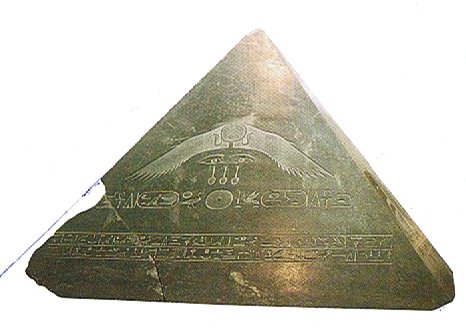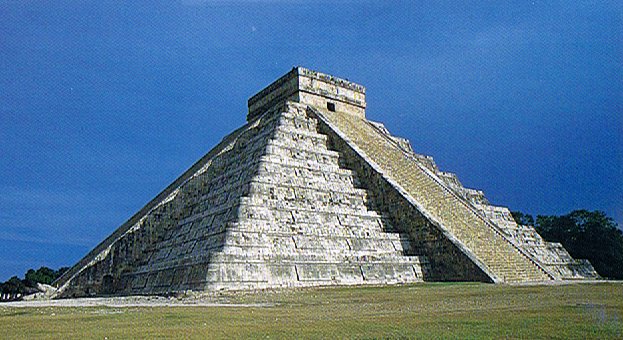Gb2-11 is like a repetition of the left part in Gb2-9 and both 'pillars' are pointing upwards towards the sky (ragi). X * Y = X:
... Next, she went all alone and arrived where the tree stood. It stood at the Place of Ball Game Sacrifice. What? Well! What's the fruit of this tree? Shouldn't this tree bear something sweet? They shouldn't die, they shouldn't be wasted. Should I pick one? said the maiden. And then the bone spoke; it was there in the fork of the tree: Why do you want a mere bone, a round thing in the branches of a tree? said the head of One Hunaphu when it spoke to the maiden. You don't want it, she was told. I do want it, said the maiden. Very well. Stretch out your right hand here, so I can see it, said the bone. Yes, said the maiden. She stretched out her right hand, up there in front of the bone. And then the bone spit out its saliva, which landed squarely in the hand of the maiden. And then she looked in her hand, she inspected it right away, but the bone's saliva wasn't in her hand. It is just a sign I have given you, my saliva, my spittle. This, my head, has nothing on it - just bone, nothing of meat. It's just the same with the head of a great lord: it's just the flesh that makes his face look good. And when he dies, people get frightened by his bones. After that, his son is like his saliva, his spittle, in his being, whether it be the son of a lord or the son of a craftsman, an orator ...
Vaha mea (Y) in Gb2-10 resembles mago in Ga2-14 (as if alluding to February 14). Mago has the left of the internal lines but not the right:
From Ga2-14 to Gb2-10 there were 221 (= 471 - 250) days:
Gb2-14 has a female (Y) character. 2 * 14 = 28 and its form indicates the opposite of ure:
The crotch (V) of a rafter is where the top end of a post enters. It is like the central 5th stone (benben) at the apex of a pyramid.
... Manu-tera, the Easter Island name for the sooty tern, means literally 'sunbird'. From this we take it as very likely, though there is no proof, that the tern would have been seen as a symbol of the sun - just as the falcon and the phoenix were symbols of the sun in ancient Egypt. The latter, the mythical Bennu bird, was associated with Heliopolis ('the City of the Sun') and with the pyramid-shaped Benben sunstone, and was famously linked to an egg ... As its end approached the phoenix fashioned a nest of aromatic boughs and spices, set it on fire, and was consumed in the flames. From the pyre miraculously sprang a new phoenix, which, after embalming its father's ashes in an egg of myrrh, flew with the ashes to Heliopolis where it deposited them on the altar in the temple of the sun god Ra ...
... Phoenix, the French Phénix, the German Phönix, and the Italian Fenice, is one of Bayer's new figures, between Eridanus and Grus, south of Fornax and Sculptor, - its α, κ, μ, β, ν, and γ in a line curving toward the south like that of a primitive Boat, by which figure, as Al Zaurak, the Arabs knew them. Al Sufi cited another name, - Al Ri'āl, the Young Ostriches, - which Hyde wrongly read Al Zibal, perhaps a synonymous title; and Kazwini used Al Sufi's term in describing some stars of Al Nahr, the River, in which our Phoenix was then included by Arabian astronomers. Others changed the figure to that of a Griffin, or Eagle, so that the introduction of a Phoenix into modern astronomy was, in a measure, by adoption rather than by invention. But, whether Bayer knew it or not, his title is an appropriate one, for with various early nations - at all events, in China, Egypt, India, and Persia - this bird has been 'an astronomical symbol of cyclic periods', some versions of the well-known fable making its life coincident with the Great Year of the ancients beginning at noon of the day when the sun entered among the stars of Aries; and, in Egypt, with the Sothic Period when the sun and Sirius rose together on the 20th of July. Thompson further writes of this: A new Phoenix period is said to have commenced A.D. 139, in the reign of Antoninus Pius; and a recrudescence of astronomical symbolism associated therewith is manifested on the coins of that Emperor. Coincidently, Ptolemy adopted as the epoch of his catalogue the year 138, the first of Antoninus. With the Egyptians, who knew this bird as Bennu and showed it on their coins, it was an emblem of immortality; indeed it generally has been such in pagan as well as Christian times ... Counting the steps of the pyramid of Kukulkan results in 364 + 1: ... Behind me, towering almost 100 feet into the air, was a perfect ziggurat, the Temple of Kukulkan. Its four stairways had 91 steps each. Taken together with the top platform, which counted as a further step, the total was 365. This gave the number of complete days in a solar year. In addition, the geometric design and orientation of the ancient structure had been calibrated with Swiss-watch precision to achieve an objective as dramatic as it was esoteric: on the spring and autumn equinoxes, regular as clockwork, triangular patterns of light and shadow combined to create the illusion of a giant serpent undulating on the northern staircase ... April 25 (125) - February 9 (40) = 85 (as if alluding to March 25, should the counting begin with December 31). 4 + 9 + 16 + 25 + 36 = 90. Or 91 if we should count also 1 as a square. ... Later on in this series of rituals, the Chorti go through a ceremony they call raising the sky. This ritual takes place at midnight on the twenty-fifth of April and continues each night until the rains arrive. In this ceremony two diviners and their wives sit on benches so that they occupy the corner positions of the cosmic square. They take their seats in the same order as the stones were placed, with the men on the eastern side and the women on the west. The ritual actions of sitting down and lifting upward are done with great precision and care, because they are directly related to the actions done by the gods at Creation. The people represent the gods of the four corners and the clouds that cover the earth. As they rise from their seats, they metaphorically lift the sky. If their lifting motion is uneven, the rains will be irregular and harmful ... |
||||||||||||||||||||||||||||||||||||||||||||||||||||||||||||||||||||||||||||||||||||||||||||||||||||||||||||||||||||||||||||||||||||||||||







